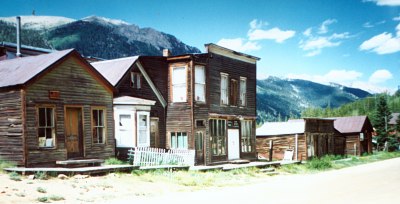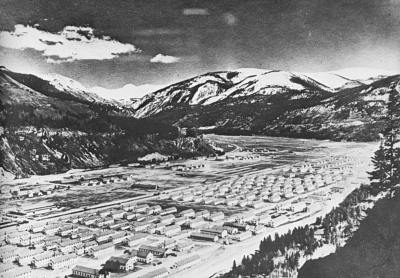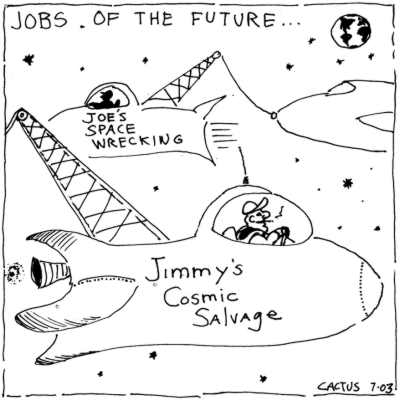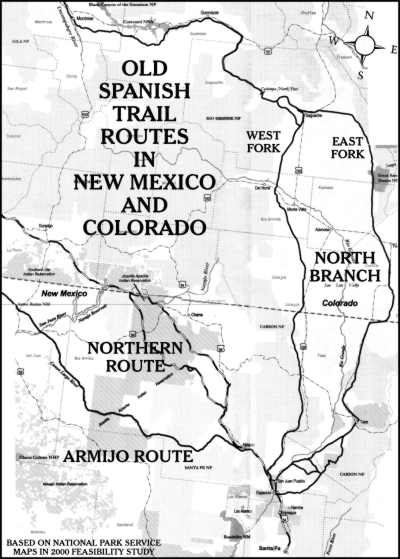Column by Hal Walter
Pack-Burro Racing – July 2003 – Colorado Central Magazine
It was late June and snow banks still lingered in the trees and along the stream bank. The young burro peered into the high mountain stream, then snorted, turned his neck, and yanked me back through the water. This was not the first time I had been in the creek. In fact my feet were pretty much numb. Around and around we went. I pushed. I pulled. And finally I managed to get one of his hooves into the edge of the water. The burro thought about it for a couple of seconds. Then with a great leap he launched himself over the full width of the stream, nearly snatching me out of my wet shoes. I swore this was the last one of these critters I would ever train. But then I’ve lied to myself numerous times and not just about jackasses. Besides, what sort of life would it be if I couldn’t reserve the right to change my mind at any time?





